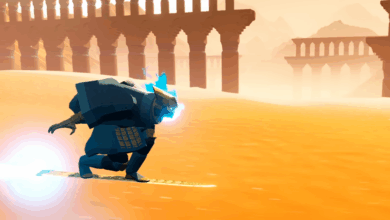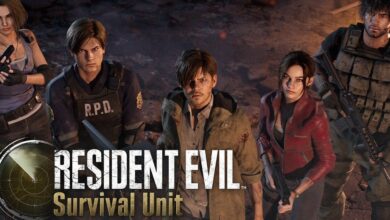Mafia: The Old Country review – by-the-numbers design bolstered by a gripping narrative and refreshing brevity
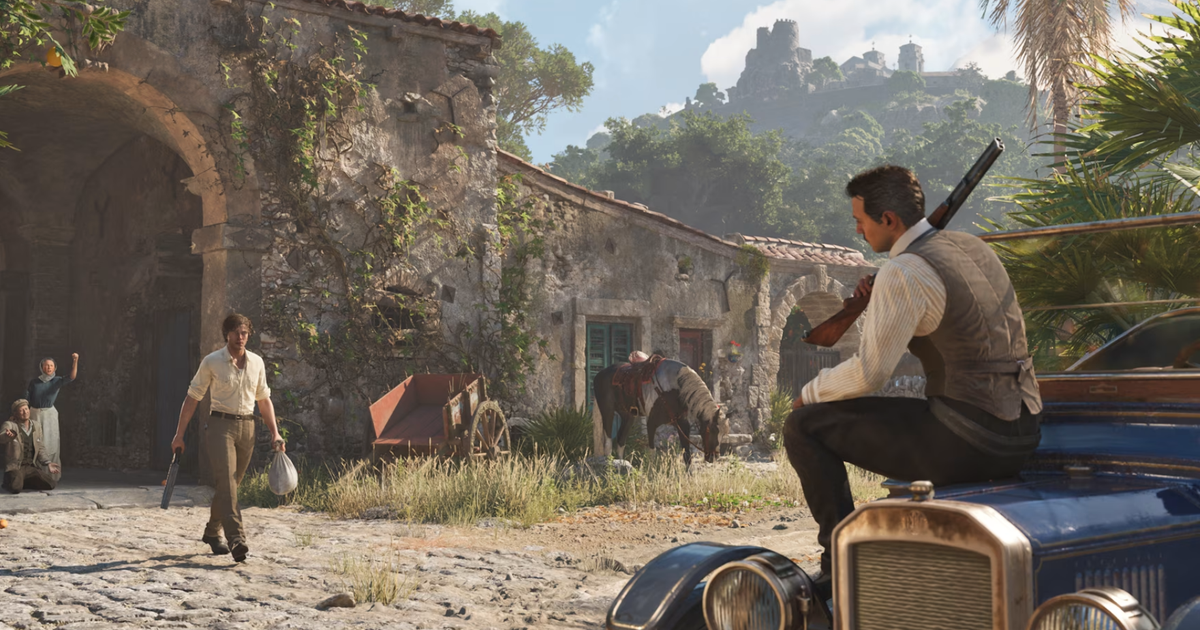
Mafia continues to feel a tad dated in its design trappings, but there’s a fascinating mix of beauty, efficiency and nuanced performances here that are well worth your time.
I hate to start a review with a cliché, but reader, I’m doing it. Mafia: The Old Country is that occasional sort of experience that is ‘more than the sum of its parts’. On paper, I don’t think I should like this game as much as I do. When I stop and really think about it – y’know, squinting a little with concentration – I actually think I really do like it a little less. But on balance, in my heart, I greatly enjoyed the whirlwind of mob tropes developer Hangar 13 has strung together here.
That’s your one-paragraph review, but there’s much to unpick here in terms of how I came to these conclusions. The fourth main entry in the Mafia series is fascinating in a variety of ways – some for good, some for ill, all intriguing.
Many of the roads taken have clearly been mapped out quite deliberately to deal with the elephant in the room: length. The Old Country is the latest in a growing category of what I’ll here christen the ‘truncated triple-A’ release. That is to say a game with big-budget ambitions and values, but not dead-set on monopolising your time for 40-plus hours, or forever through some live service component. The Old Country gets in, tells its story, and confidently extracts itself from your brain in well under 15 hours. On the whole, I’d say it is better for it.
I rather liked Mafia 3, the last main entry, but its sprawling open world and labyrinthine storyline of betrayal and revenge in an escalating cycle sure went on. And it says something about that game, which I greatly enjoyed at the time, that my most prominent memory of it today is that busywork wire-tapping activity you had to do repeatedly. It’s that and the soundtrack, full of blistering 60s classics. The Old Country has neither of these things. Stripped back and simplified, it wants to merely do a handful of things well enough in order to deliver a story that’ll keep you gripped.
Some of that streamlining is obvious. The slice of Sicily where events take place nods to an open world, but stops short of truly being one. You can drive around here and there at the start of chapters, but there’s no police patrols, no laundry list of side activities, no wires to tap (thank god!). Instead it’s just pretty and characterful, something that serves as a lovely backdrop to bloody affairs. The world is vaguely ‘filmic’ (editor’s note: deep sigh) in notion – both in terms of how a pretty, perfectly-framed shot is always around the next bend, and also in how its carefully curated and perfectionist visuals give a vague sense of fakery. The best open worlds strive to feel like ‘living’ places; The Old Country doesn’t go for that at all, and ends up instead feeling more like the best-looking Hollywood backlot in history.
Here’s another great streamlining example: combat. People in the titular Old Country fight two ways – with blades and bullets (you can also use stealth and choke people out). This is a game about the mafiosi, famed for roughing folk up, where it’s impossible to throw a punch. This might seem strange, or like a cop-out, but in context it simply feels like just another part of the puzzle, another choice made to keep things simple. The story being told here and its early 1900s setting is best served by perfidious sneakery, blazing gun battles, or honorable and cinematically charged one-on-one knife duels. So that’s what the game gives you.
In truth it’s that story that carries the whole affair. The performances are excellent, the characters evocative, and the path that gets charted through what begins as a relatively paint-by-numbers Cosa Nostra narrative is genuinely interesting and affecting. But it wasn’t that way from the start.
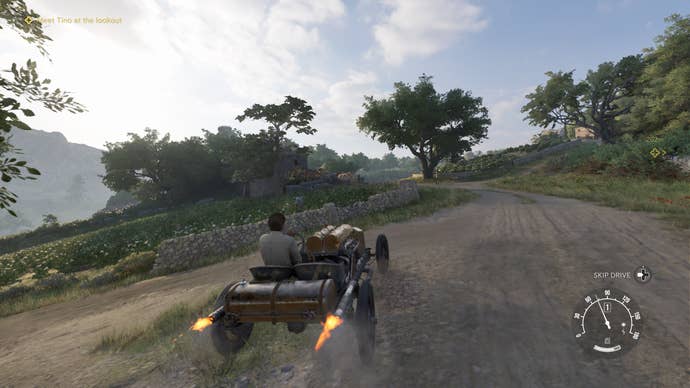
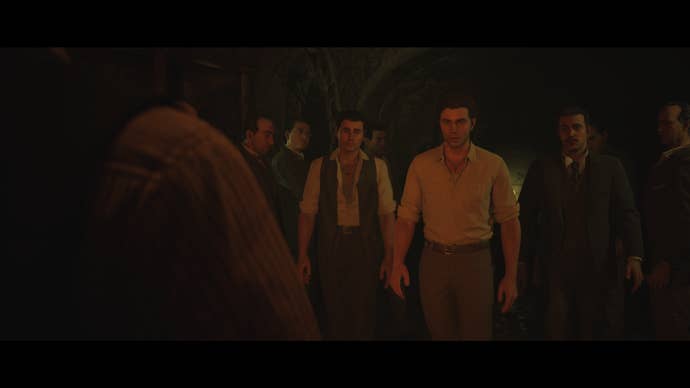
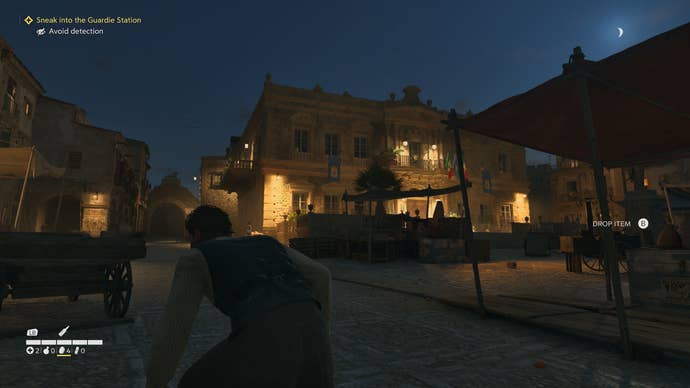
Early on, I was relatively unenthusiastic as the narrative ‘played the hits’. I like these sorts of stories; I’m the sort dedicated enough to have read even the Godfather novels not written by Mario Puzo. Such predilections mean I’ve seen a lot from these stories and am generally looking for something more; that’s part of why Mafia 3’s black-led late-sixties yarn, in a world where the Sicilian Mob is diminished, landed for me.
So when protagonist Enzo Favara is plucked out of a miserable life into the bosom of a thriving and honorable mafia family, I have to admit I began to tune out. The early blossoming of a convincing love story told in snatched moments and through subtler facial expressions kept me engaged, however, as did the beautiful surroundings and strong performances. Driving around is in many cases optional, a ‘skip journey’ button popping up liberally. But you won’t want to – I found myself wanting to barrel down dirt roads and tiny hamlets, taking in this digital Sicily’s scenic rolling beauty – mediterranean blue skies, popping colourful flora, and the looming volcano in the distance.
It’s easy to make characters like this – handsome men with waistcoats and bloodied knuckles – into caricatures. To some extent, they are. The first time I heard Johnny Santiago’s Don Torrisi, I vaguely prickled: of course this guy has the whispered rasp, full of both affection and threat, of Brando’s Corleone. But then something more emerges, particularly as the narrative carries things off in somewhat unexpected directions. That solid voicework combines with strong animation, too – the furrow of the brow, a cruel quirk at the corner of a mouth. Credit also has to be given to Riccardo Frascari, who sells Enzo as a troubled young man who grows and changes, rather than a simple and static protagonist.
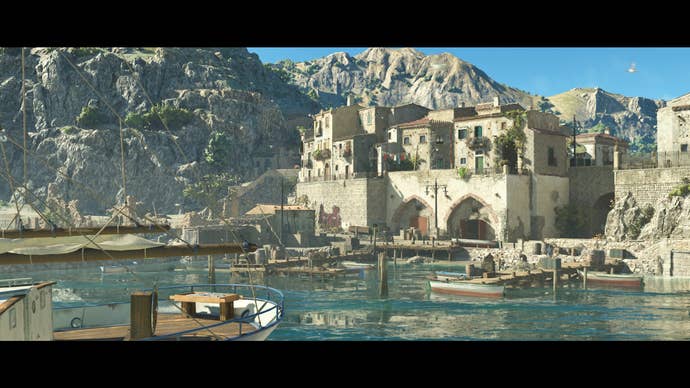
Later on sticking around really begins to pay off: the narrative goes places that aren’t as commonly trodden ground for these tales. The concept of life in the family as a prison as well as a route to an elegant life surges to the fore; Enzo becomes genuinely complex. I wouldn’t go so far as to say this is an entirely original story – the ground trodden is familiar to many famed pieces of mob entertainment – but it’s framed in an interesting enough way here, especially by the standards of gaming, to properly enthrall.
It’s true that this narrative rubs up against the realities of a game like this, mind. Design-wise, at a push I’d describe The Old Country as relatively rote. It is tradition personified. First comes cinematic storytelling – hefting around bottles of wine or socialising with people at base, then a scenic drive somewhere as your allies chatter away in the car. Once at the destination, you’ll either successfully sneak inside or get rumbled and start blasting. Even if stealth was successful, at the halfway point of a mission you’ll get spotted in a cutscene then have to fight your way out via a labyrinth of handily-placed chest-high walls. I’ve just described a not-insignificant portion of the game’s chapters. Quite often, everything is closed out by a climactic one-on-one knife fight.
All of that is generally fine and well and good. I say generally because there are things that frustrate. The stealth is genuinely baffling – enemies oscillate between painfully thick and suddenly omniscient. Sometimes signposting is awfully obtuse – three or four times I died to a grenade that was close enough to hurt me, but far enough away that it didn’t trigger the grenade proximity warning icon. There’s a lot of little things like that.
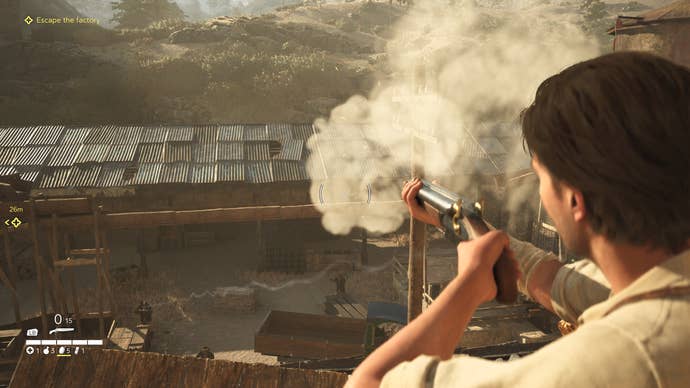
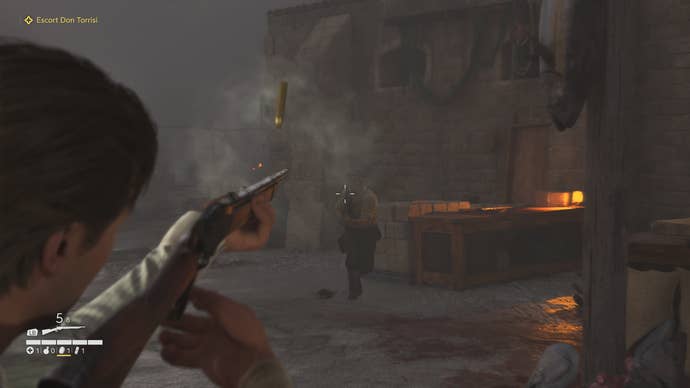
But then you notice little touches that do work, like how heavier weapons hit with a hyper-satisfying force, slamming enemies like a brick through a plate-glass window. Or how the in-universe road signs adjust so that they’re always pointing towards your next objective – which would admittedly feel cleverer if there wasn’t always a giant yellow icon marking your objective anyway. Driving in general is a surprising joy – drifty, rickety old-world cars that are bolstered by a surprisingly in-depth ‘simulation’ driving mode, if that sort of thing is your bag.
So there is rough and there is smooth. I quickly learned to take them together. Broadly speaking these are tried-and-true elements structurally and mechanically, if a little over-familiar. You can expect to rub against that strange feeling of the narrative asking you to consider how Enzo is conflicted about killing one unarmed man after the game had him mowing through thirty dudes without remorse to get there. Many games are guilty of this, but the narrative of this Mafia tackles some fairly prickly subject matter and shoots for a solemnity that makes the dissonance more prominent.
This is the whole ‘thing’ about Mafia: The Old Country, I suppose. The gameplay is relatively unremarkable, and in many ways it feels like elements of its design fell out of a time portal from a bygone era. I’m reminded of some of the offbeat action-adventure games of the 360 and PS3 eras, at least in terms of design. You can sense that in the structure of the missions and gameplay loop, as outlined above. But then the production value and narrative flair is very much of today; it’s a game of two halves. The two halves are vaguely mismatched – except, at the same time, they aren’t.
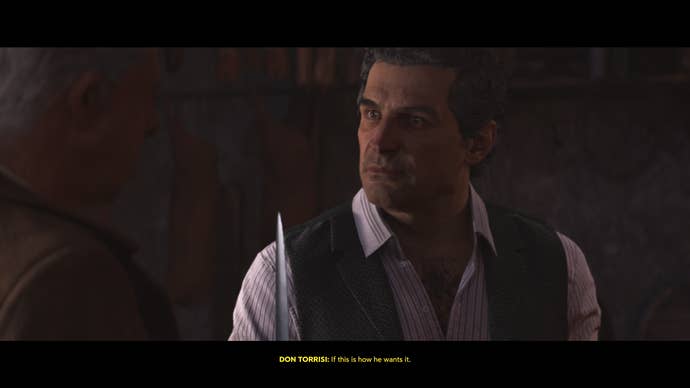
If you’re willing to accept, as I did, that the relatively unremarkable gameplay offering is simply a vehicle for some lovely storytelling, I think you’re going to have a good time here. I certainly did.
Old Billy Shakespeare famously said “Brevity is the soul of wit”, and Mafia: The Old Country channels that vibe. This isn’t to say the narrative is Shakespeare. It isn’t even Puzo. But it certainly doesn’t waste your time. The simplicity of its gameplay systems and even its set-like world design end up serving a purpose in the end: the fluff is cut right back.
What you get here is exactly what Hangar 13 needed to tell this story – nothing more, nothing less. One can wish for more, it’s true – but something the last decade or two of gaming has taught me is that sometimes a slighter experience is more desirable than a bloated one. Mafia: The Old Country comes with enough caveats to load up the back of a bootlegger’s truck – but if you go in understanding what you’re getting, you’re likely to have a great time.
A copy of Mafia: The Old Country was independently sourced for this review by Eurogamer.
